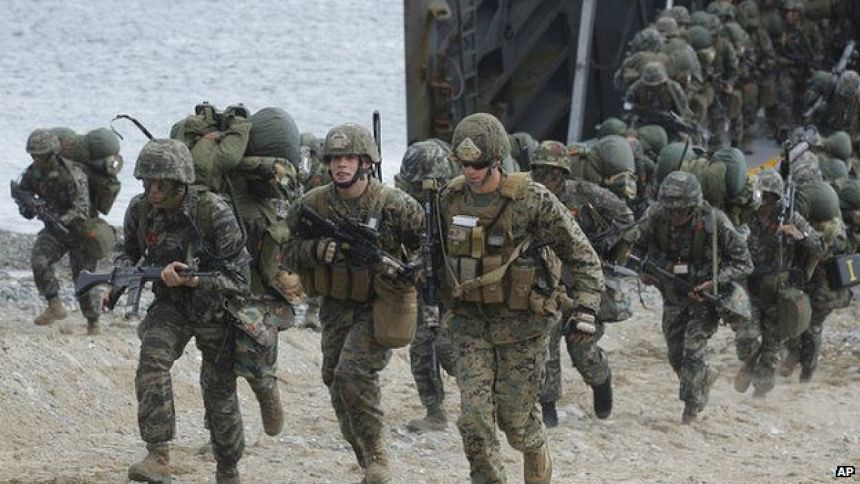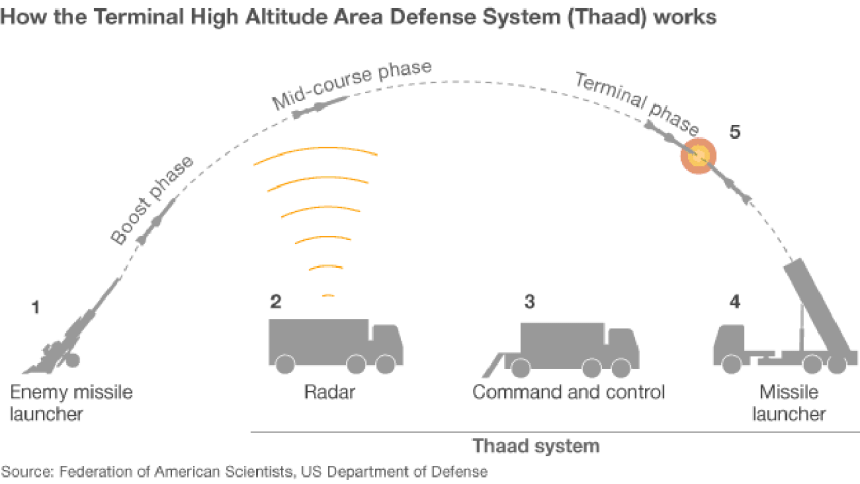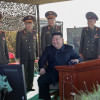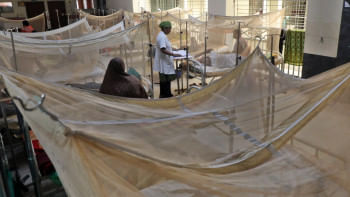North Korea threatens US and South Korea

North Korea has warned of "indiscriminate" nuclear strikes on the US and South Korea as they begin their largest ever military drills.
The exercises, involving more than 300,000 personnel, are an annual event and always generate tension.
The order for a "pre-emptive nuclear strike of justice" was made in a statement put out by Pyongyang.
Such rhetoric is not uncommon, and experts doubt the North's ability to put nuclear warheads on its missiles.
North Korea sees the annual US-South Korean war games as a rehearsal for invasion.
Last year, it threatened to turn Washington into a "sea of fire".
The South's defence ministry has warned Pyongyang against any "rash act that brings destruction upon itself".
"If North Korea ignores our warning and makes provocations, our military will firmly and mercilessly respond to it," said spokesman Moon Sang-gyun.
These latest exercises – called Foal Eagle and Key Resolve – will involve about 300,000 South Korean troops and 15,000 US personnel, the largest ever such operation.
They come just days after the UN passed new sanctions against North Korea following its recent nuclear test and rocket launch.
On Saturday, the Philippines impounded a North Korean cargo vessel under the toughened measures. A presidential spokesman said the crew would be deported and the ship subject to a UN-mandated inspection.
The North responded to the sanctions by saying it was readying nuclear weapons for "pre-emptive" use, and by firing short-range missiles into the sea.
The US and South Korea on Friday also began formal talks on the deployment of the US missile defence system to the peninsula, a move strongly opposed by North Korea, Russia and China.
Beijing says the Thaad anti-missile system compromises its security and would undermine its nuclear deterrent.
What is the Terminal High Altitude Area Defense System (Thaad)?
-- Shoots down short and medium-range ballistic missiles in the terminal phase of their flight
-- Uses hit-to-kill technology - where kinetic energy destroys the incoming warhead
-- Has a range of 200km and can reach an altitude of 150km
-- US has previously deployed it in Guam and Hawaii as a measure against potential attacks from North Korea

1. The enemy launches a missile
2. The Thaad radar system detects the launch, which is relayed to command and control
3. Thaad command and control instructs the launch of an interceptor missile
4. The interceptor missile is fired at the enemy projectile
5. The enemy projectile is destroyed in the terminal phase of flight
The launcher trucks can hold up to eight interceptor missiles.

 For all latest news, follow The Daily Star's Google News channel.
For all latest news, follow The Daily Star's Google News channel. 








Comments